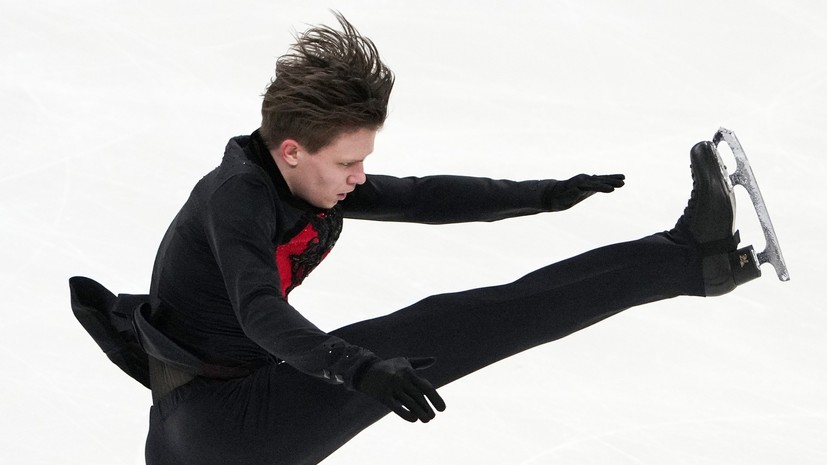When a serious injury occurs, every time there is a reason to think: could this have been avoided?
In the days that have passed since the fall of Yevgeny Semenenko, many versions have been expressed on the topic: what could prevent the athlete from performing the jump?
Is it really just an accident, as the athlete's coach Alexei Mishin said after the incident in St. Petersburg?
Quadruple jumps as part of the show have long become commonplace for skaters.
One of the first to practice them was the two-time Olympic champion Yuzuru Hanyu, speaking in Japan, and almost immediately a version was born: they say, in this way he achieves the stability of the most complex elements, the ability to accurately perform jumps in public in any conditions: on small ice, in stage light and other effects.
The difficulty here is that uneven light greatly distorts the perception of space and shifts landmarks.
You can perform rotations of the ultra-si category (it doesn’t matter here whether we are talking about gymnastics, diving or figure skating) only when you are absolutely sure of some kind of automatism of skills.
Was Semenenko's quadruple salchow worked out to such an extent?
Probably yes.
It is unlikely that a skater went on a jump without the knowledge of his coach, and no experienced mentor will ever send an athlete to a “raw” element.
In addition, the statistics of Semenenko's performances this season suggests that the ill-fated Salchow is quite reliable: Evgeny jumped him both in short and in free programs, and there were more successful attempts.
But with the same degree of probability it can be assumed that the quadruple salchow was mastered, but not jumped to the extent that it could be performed in any light and from any approach.
The skater failed this jump in the short program at the Grand Prix stage in Vancouver, turned up the speed in the free program, but the landing turned out to be not too confident.
At the stage in Sochi, Mishin's ward brilliantly performed a 4 + 3 salchow combination, but failed two other jumps.
This usually happens when the element requires too much tension and all the forces seem to go to it.
Another broken salchow was recorded in an arbitrary performance at the European Championships.
In other words, it is definitely not necessary to talk about the automatism of a skill here.
If there was a mistake in entering on big ice, the tragedy, perhaps, the skater could have avoided.
Here, several unfavorable factors coincided at once, including the fact that due to the size of the ice, Eugene was forced to enter the element along an unusual trajectory for himself.
And, having pushed off, it seems that he was simply lost in space - this also happens in complex-coordinating types.
Injuries like this are not common in figure skating, but they do happen and don't really end a career.
One can recall the monstrous fall from Tatyana Totmyanina's head-down support at the US Grand Prix stage in 2004.
And two years later, Tatyana became the Olympic champion in Turin.
But going back can be difficult.
There is an old circus law: if the trick does not work out, you must definitely repeat it, and right away.
Otherwise, fear arises, which cannot be eradicated.
It is easier to learn a new more difficult element instead of the one from which you fell and got injured.
But this is just words.
Especially when it comes to quadruple jumps.
There is one more thing that should be mentioned: this season, Russian skaters, due to their suspension from international competitions, have a very large number of shows.
Several people organize their tour and various projects at once: Evgeni Plushenko, Ilya Averbukh, Eteri Tutberidze.
In other words, numerous public performances are added to the Olympic season, which is very difficult for the leaders, each time in a new and not always familiar format.
Fatigue accumulates, concentration drops, and in general, all this creates an environment for athletes in which injuries become more than real.
And it would be good to remember this for all those who, at all costs, are eager to hit the fans with jumps of extreme complexity.

